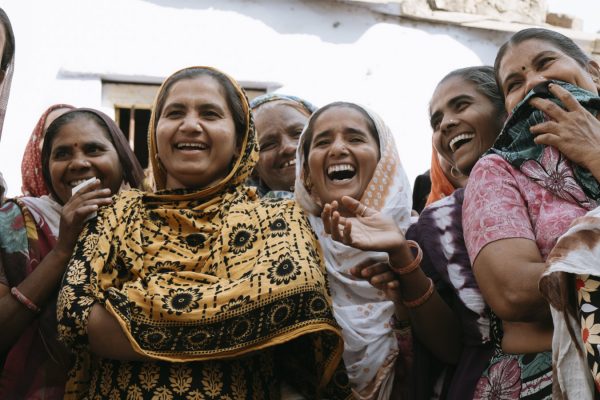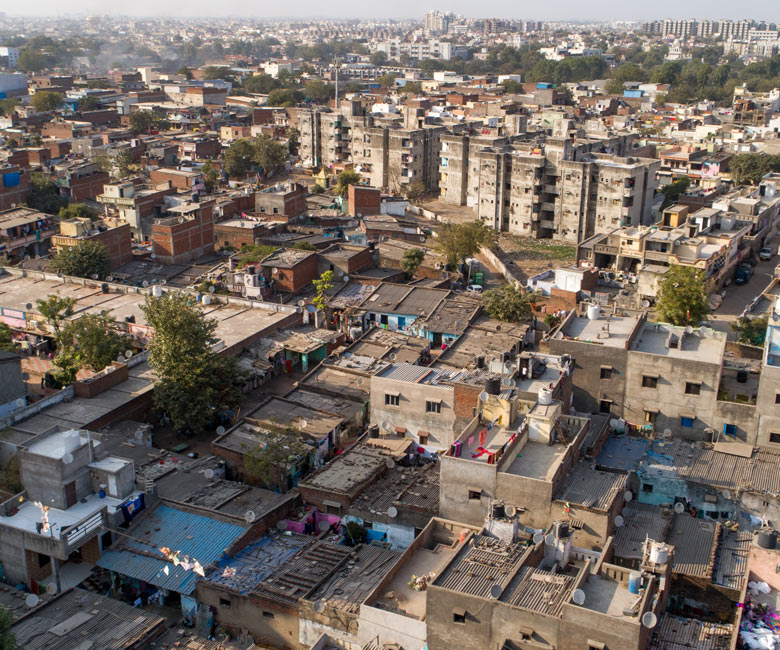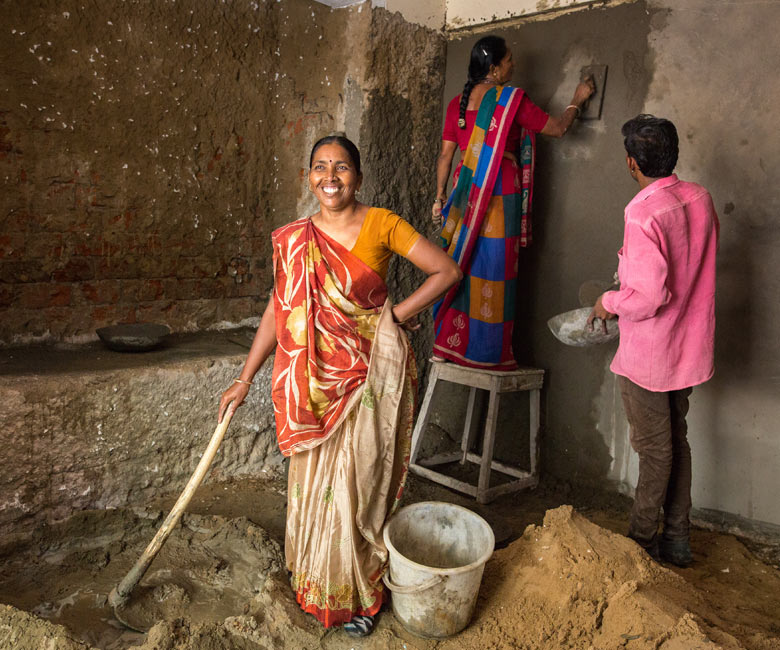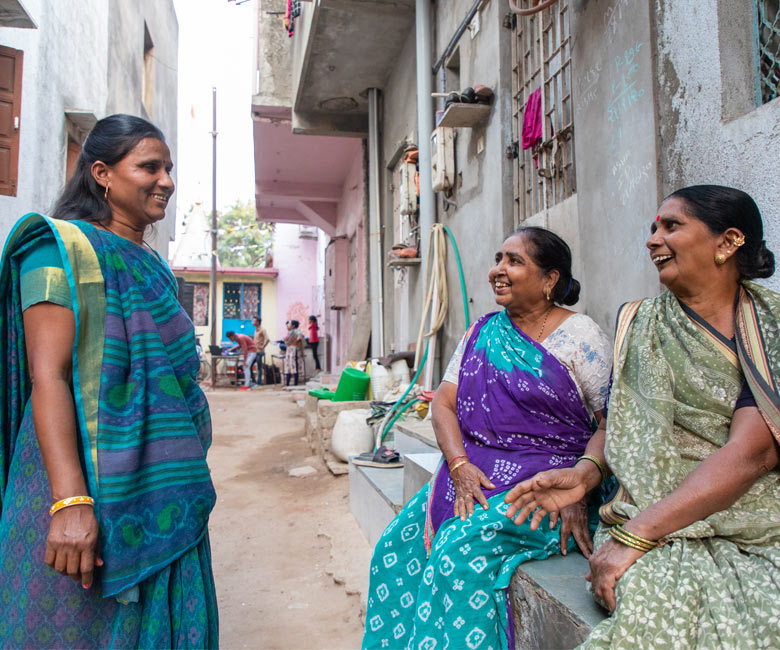Water and Sanitation
A staggering 355 million women and girls are still waiting for a toilet in India (WaterAid, 2017). Women from low-income communities face the brunt of this gap as they compromise their safety each day to carry out their daily sanitation routine.

Practice Areas
With two-thirds of the global population projected to be living in cities by 2030 – many in informal settlements with limited infrastructure– access to drinking water and safe sanitation becomes a critical aspect in improving the quality of life in fast-growing urban environments.




Previous
Next
What we do
We support women in low-income communities to improve the quality of their built environments, by developing technical expertise, enabling access to finance, building infrastructure, and involving them in decision-making.

Equitable Access to Water and Sanitation
Improving access to safe, reliable and affordable water and sanitation facilities at household and community levels.

Building Climate Resilience and Energy Efficiency
Connecting informal settlements to reliable energy sources and improving resilience against long-term climate stresses such as heat, water inundation, water scarcity, air pollution and vector-borne diseases.

Securing Housing and Land Rights
Helping residents secure housing and assisting them in their journey to home and property ownership.

Microlending for Habitat Improvement
Bridging gaps in access to finance for low income communities to create assets in their name, facilitate infrastructure development, and provide insurance against climate change.

Advancing Participation in City Governance and Planning
Amplifying the voices and needs of women in city-level urban planning, governance, and decision-making to shape urban environments.

Livelihoods in Construction
Helping women workers reposition themselves in the construction job market through upskilling and training.

Public Spaces and Community Infrastructure
Building, upgrading, and improving access to urban public spaces and promoting better mobility systems and safer streets.

Disaster Response and Recovery
Supporting communities facing crisis situations by addressing immediate needs and vulnerabilities by helping them to build back better.
